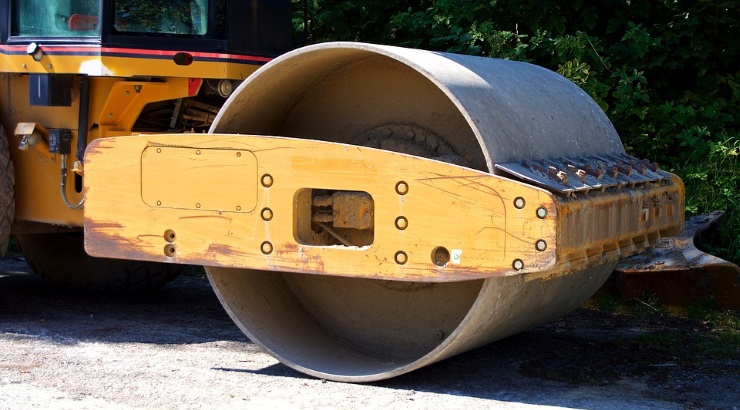Infrastructure
Why Ruto Axed Uhuru’s Road Construction Technology
LVSR technology cuts road construction costs by more than 60%.

President William Ruto has abandoned a road construction technology that was introduced by his predecessor, Uhuru Kenyatta, in 2014 over durability issues.
Known as Low Volume Seal Roads (LVSR) technology, this controversial technique employs bitumen-based seals to pave roads with low vehicular traffic.
It significantly reduces road construction costs by over 60%.
Normally, conventional road construction methods focus on creating high-speed roads – which calls for a realignment of the road surface, leading to high costs.
In some instances, additional land is acquired for the road, which leads to the relocation of utilities and resettlement of people.
However, the LVSR technology focuses on upgrading roads without altering the existing alignment. This lowers construction costs by minimising earthworks, eliminating land acquisition expenses, and reducing utility relocation.
The technology enables upgrading of low-volume roads to paved standards to raise the pavement life to at least 15 years, thus lowering the life cycle cost of the roads.
RELATED: Ongoing Road Construction Projects in Kenya
Despite these benefits, Transport Cabinet Secretary Kipchumba Murkomen says the government will no longer use that construction standard for roads.
This decision is a response to the damage noted in all roads that had previously implemented the LVSR technology.
“When we constructed these roads we anticipated it shall be for private vehicles and public transport use only, but it has since been used by even commercial vehicles that carry heavy loads,” he said.
While LVSR technology has been adopted in South Africa, Botswana, and other African countries, it remains a controversial topic with its share of supporters and critics.
The supporters argue that it is the best approach to build and maintain rural roads while the detractors believe the technology can only be used for roads with extremely low traffic levels.
40 vehicles per day
Indeed, past studies by the Transport Research Laboratory (TRL) a UK-based independent transport consultancy have suggested that the optimum traffic level for upgrading a road through the LVSR technology is about 40 vehicles per day.
This is way less than the previously recommended threshold values for Sub-Saharan Africa – more than 200 vehicles per day, which persists in the minds of many practitioners.
At higher traffic levels, seals deteriorate much faster necessitating shorter periodic re-sealing (every 3-5 years) depending on the traffic loading, which can be costly to poor economies.
Kenya is, nevertheless, betting on the low volume seal roads technology to upgrade about 10,000 kilometres of rural roads in a bit to improve the country’s road network.














